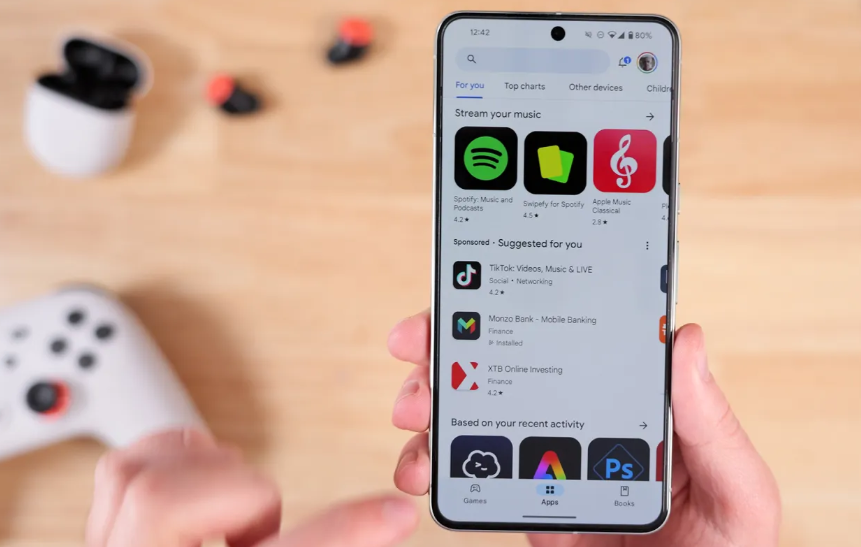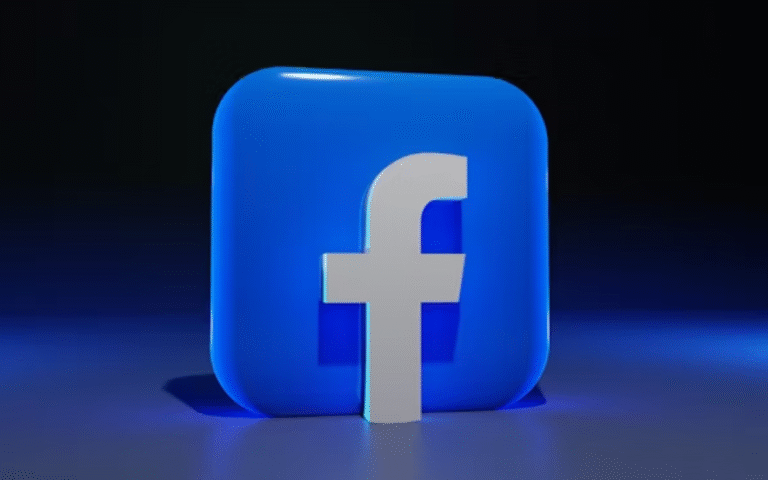So, you have spent countless hours transforming your idea into a mobile app. You believe in it, but do the people think the same? The answer is unknown, but you must find an answer to at least one question to solve the rest of the mystery. The question: how would people even know about your app?
That is a genuine question.
I guess you are done with your homework and have shortlisted ASO (app store optimization) as the first step to make your app appear in front of the right set of people who actually need it. That is exactly why you landed here and are reading this.
I am an ASO specialist, and I have scaled up the ranking of new apps on Google Play Store (specifically). I have yet to work on the Apple App Store, but let me share my experience with you on how I managed to rank new apps on the Play Store.
Is that exactly what you were looking for? Yes? Great! Let’s talk about that in detail.
Step 1: Optimize Titles and Description by Incorporating Keywords in Them
First things first, the title of your app is of utmost importance. Why?
Put yourself in the user’s shoes, and answer this: what do you notice first when you search for an app? The title, right? Since it is the first thing that users notice, it has to make a strong impression.
Once you’ve decided on the name of the app, you still have some characters left to play around with. That’s where you need to place relevant keywords.
Keywords are a great way to tell the users about the app. For example, an app is named Sound. It doesn’t really depict the full purpose behind the app. But if you place keywords like sound sleep, sleep better, or sleep relax, users understand what the app is all about.
In simple words, it is a signal for the app’s search engine as well, where it gets ranked accordingly. Also, there is enough space for you to play more under the description. Just make sure that you are not stuffing keywords, but actually using the description to share something valuable to the users while sprinkling relevant keywords here and there.
Step 2: Optimize for Different Languages and Regions
This is going to be a pro tip that not many people know, but it works like a charm only when you know what to do.
There are multiple countries where people prefer speaking in their own language, and English (even though it is a global language) is beyond their comprehension. Now, when you can make a region-specific version of your app, people in that region will like that.
For example, I am a native Spanish speaker. Even though I am fluent in English, I prefer talking in Spanish, especially for the technical jargon. That is why I adore Cox (my internet provider) because it offers Cox servicio al cliente tailored for Spanish speakers like myself. Region-specific apps will be adored in the same way.
Now, if you are wondering where you will publish the new version of the app, the answer is on the same app store. Google Play Store allows multiple versions of your app to be published. So, do the hard work, build another version, and publish it on the Play Store.
Step 3: Don’t Ignore the Icon of Your App
What is the second thing that people notice after the title? It’s actually your icon. Believe it or not, that small square-shaped logo plays
I have seen great apps that are loaded with helpful features, but what they lack is a great icon. I know it sounds pretty bad, but design really matters. You need to make sure that the first look of your app is great.
So, instead of using a run-of-the-mill icon, hire a professional to design an eye-catching icon for your app.
See also: How Oil and Gas Agencies Use Effective Strategies to Reach Their Target Audiences
Step 4: Utilize App Screenshots and Preview Video
Up to this point (if you have executed the mentioned steps), your app is almost perfectly set up. I said almost, so what is the thing that is missing?
At this point, the user has absorbed all information about your app; they’ve seen the title, liked the icon, and they’re about to decide to either download the app or skip. The final thing to convince them would be the screenshot of the app and its video preview.
Such visuals build trust, so make sure the way your icon is refined, the screenshots, and a short app preview are refined, too.
In short, app store optimization is about making sure your app appears visually appealing and trustworthy to your target audience. Your app may have all the right and useful features, but if users don’t find it visually attractive, those features won’t get the attention they deserve. Don’t settle.



